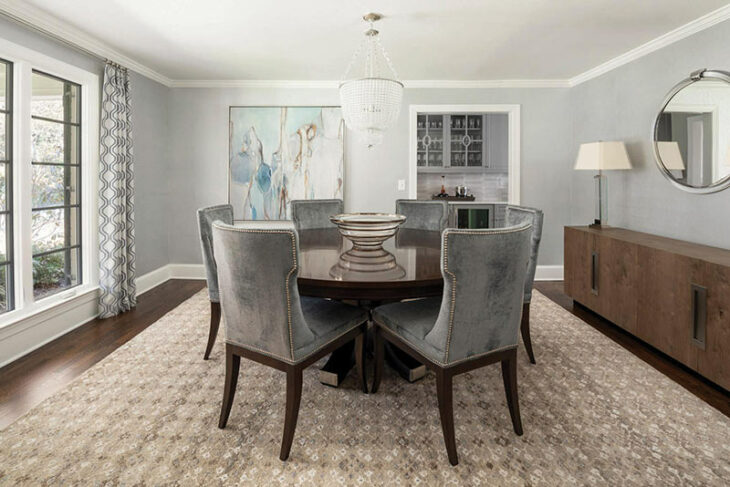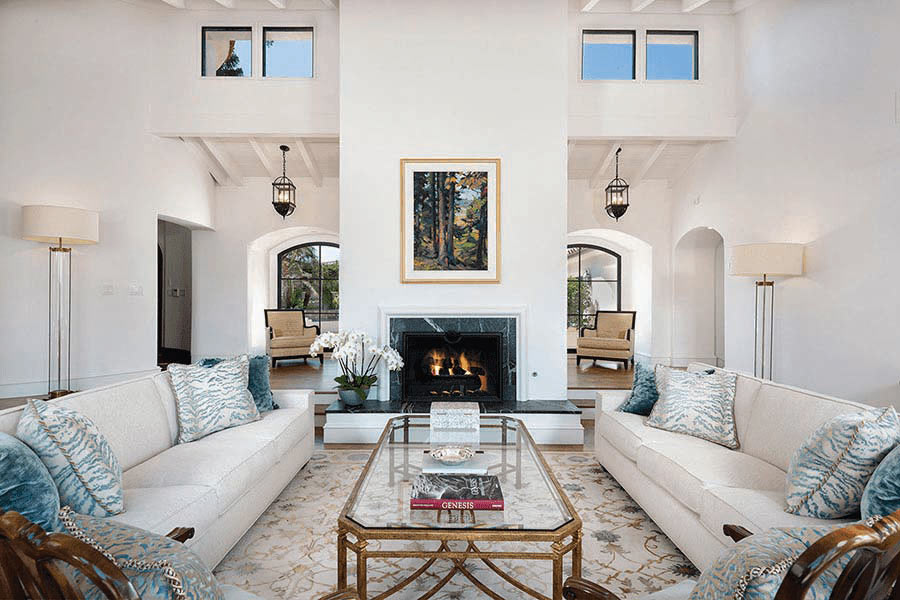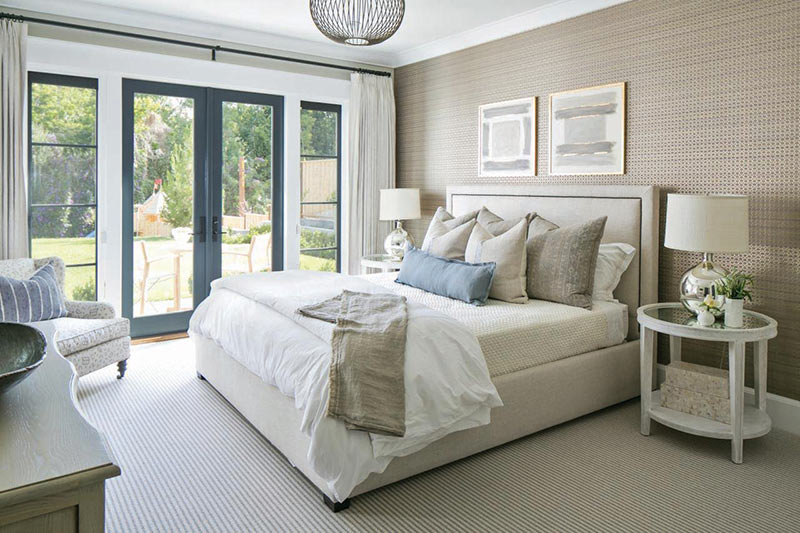As interior design trends ebb and flow, we often see a comeback of styles that evoke our industry’s past. But now more than ever, we see people embracing what we once thought was long gone.
Traditional design has a deep-rooted history and is inspired by 18th- and 19thcentury Europe, particularly England and France. Most people are familiar with its rich wood tones, ornate details and bold colors, along with its striking use of brass and golds. Despite its pervasiveness over the years, this style has slowly faded away as people focus on cleaner lines and minimalistic designs.
For some time, we experienced a trend of designing our homes around a neutral color palette paired with modern, linear pieces to create a calming space in our nonstop, busy world. This relaxing environment brilliantly uses layers of more than just black and white, but earthy beiges and deep charcoals to create depth and ambiance. With modern design, a greater emphasis is placed on clean lines and minimalism that puts the focus on the overall room. Indeed, these neutral, modern spaces have a soothing effect, but before long, people yet again were incorporating bold colors into their homes, as well as traditional pieces.
As modern and traditional styles have combined, we’ve seen a completely new one emerge: transitional. Transitional design pairs the refined lines and tidy surfaces of modern design with splashes of color and ornate patterns from traditional design. Colors such as sea foam green and spa blue have been debuting in the home on upholstery, such as pillows and accent chairs, and yellowtoned metals like brass and gold are reappearing on light fixtures and accent furniture like etageres and accent tables. We also are seeing the comeback of rich brown wood tones that harken back to traditional styles.
Transitional design creates a balanced space that is timeless, elegant and sophisticated. The merging of modern and traditional styles allows for a unique design that is personal and customized to you and your space. As all trends are, transitional design is subject to evolve with time, but it is expected to stick around.





